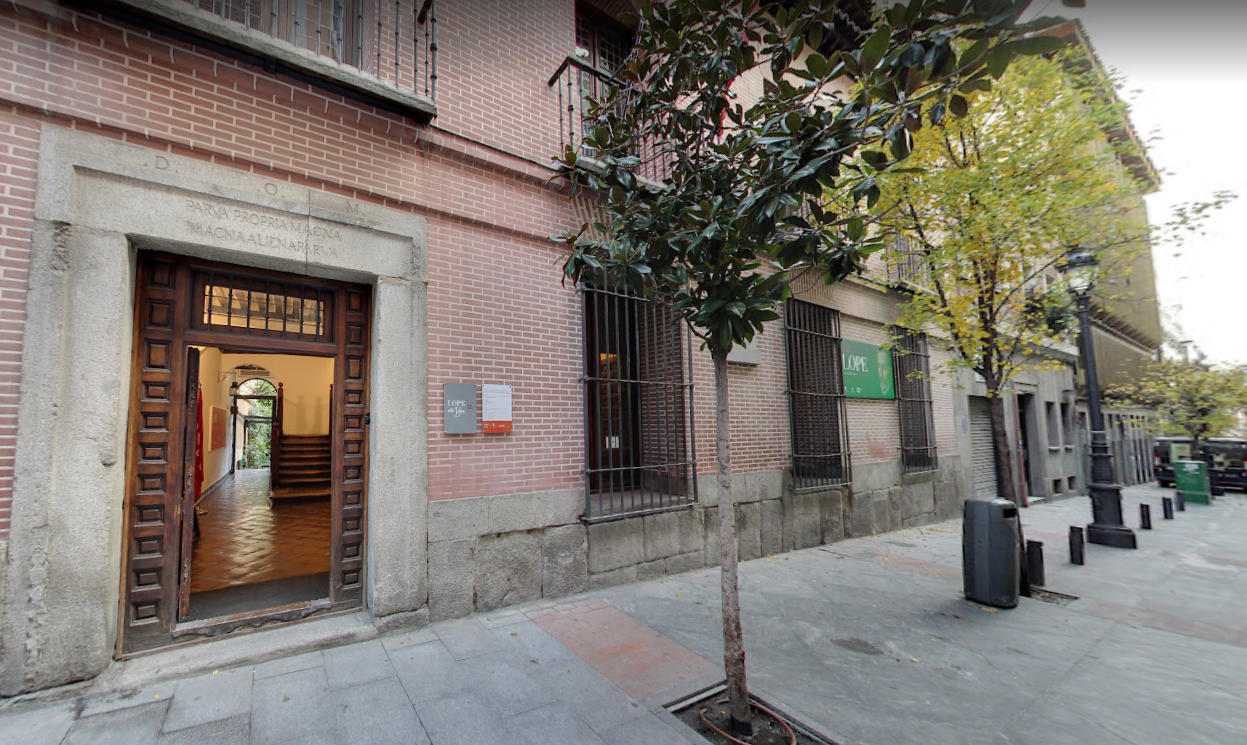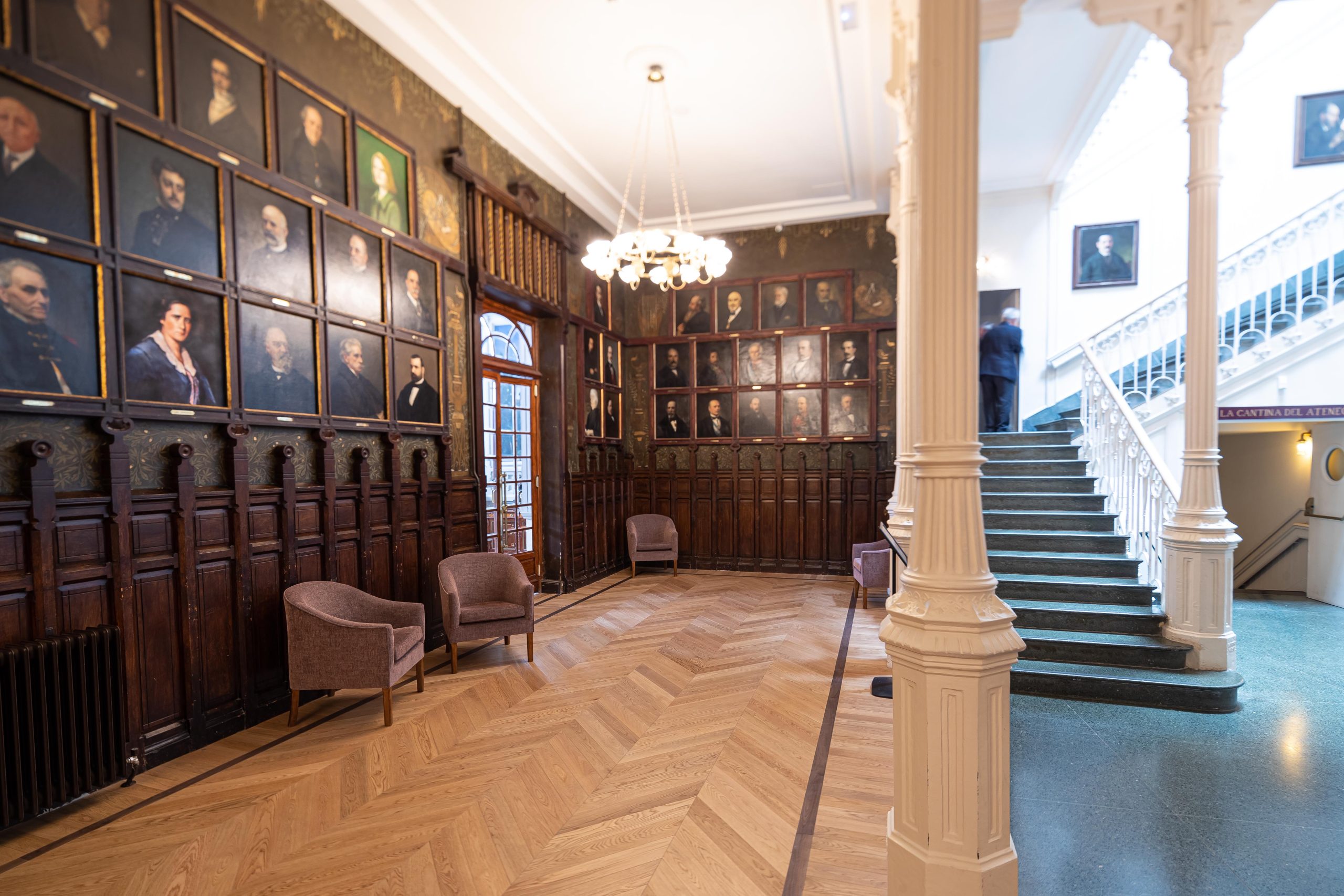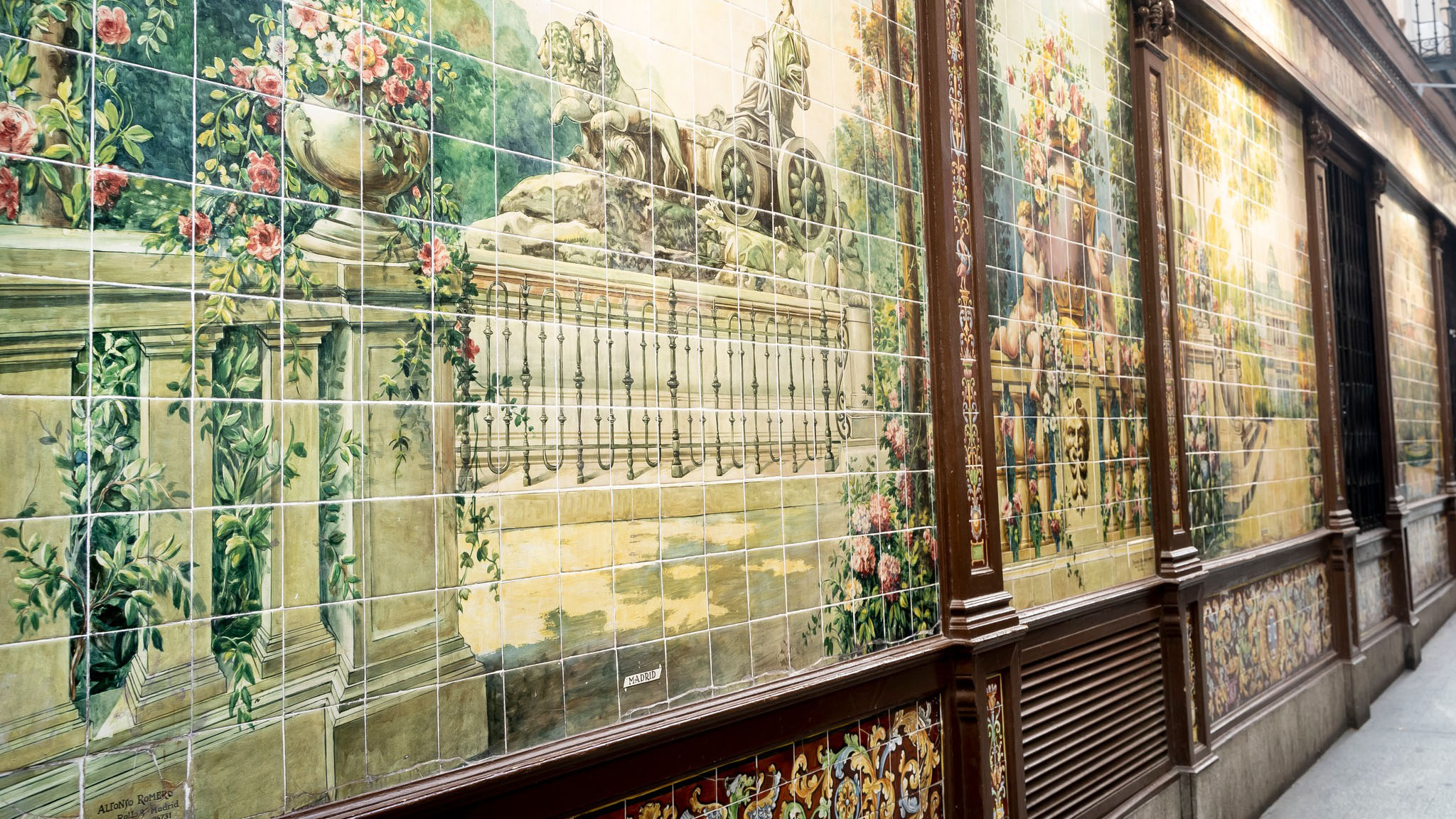Eight unmissable sights in the Barrio de las Letras
For fans of Spanish literature, no other part of Madrid has the magnetic pull of the Barrio de las Letras. Also known as the Barrio de las Musas, de las Cortes or del Parnaso, its cobbled streets whisk us back through the centuries to a long-vanished scene of carriages, merchants and mendicants. Today, this area is one of Madrid’s must-visit destinations for culture and leisure. Join us on a tour of eight of its most intriguing sights, and let The Singular Space be your guide to this fascinating neighbourhood.

STOP 1
Calle de las Huertas was once home to renowned 16th and 17th-century authors, including Lope de Vega, whose house is now a museum featuring artwork from the period and a small orchard to the rear. His eternal rival, Miguel de Cervantes, lived on the same street. Look out for commemorative plaques marking his various residences over the years. You’ll find one at no. 18, where Cervantes lived for a time, and the eponymous building close to the corner with Calle de León, where he died in 1616. His final resting place is not far away, in the Convento de las Trinitarias Descalzas de San Ildefonso. Cervantes’ death certificate is in the care of the church of St Sebastián (Calle de Atocha, 39), where you can see the tomb of Lope de Vega.

STOP 2
Two other famous enemies also lived nearby: Luis Góngora and Francisco de Quevedo. In different periods, both lived in a building on the corner of Calles Quevedo and Lope de Vega, and both are commemorated with inscriptions on the façade and the pavement outside.
STOP 3
During the Spanish Golden Age, this area was the epicentre of cultural life in Madrid. Writers frequented its open-air theatres, such as el Príncipe (now Teatro Español), la Cruz and la Pacheca, or gathered in cafés and bars to discuss the issues of the day. In Plaza del Ángel, Palacio de los Condes de Tepa once hosted the Tertulia de la Fonda de San Sebastián (1750–1850). This intellectual society attracted the brightest minds of the period, from Jovellanos to Goya, the Bécquer brothers, Larra, Espronceda and Campoamor. Here, Moratín and José de Cadalso penned their most famous works.
STOP 4
Continuing our tour of the neighbourhood’s literary past, we come to Calle de Álvarez Gato, once famous for the two mirrors, concave and convex, at the entrance to one of its watering holes, inspiring a famous passage of Ramón María del Valle-Inclán’s ‘Luces de Bohemia’.
Along the way, we spot quotations from works by Madrid’s great authors, set in gold metallic lettering on the ground. It’s another way to pay tribute to the literary giants who spent their days in this neighbourhood.
Museums, institutions and leisure
STOP 5
Once you’ve exhausted the neighbourhood’s literary sights, it’s time to hit some of its other world-class attractions, including the Prado, Thyssen-Bornemisza and Reina Sofía Museums and the Real Academia de la Historia.
STOP 6
The Ateneo de Madrid is another of the area’s most historical and charismatic buildings. Inside is a library holding more than 200,000 volumes, known as ‘La Percera’, and a Neo-Hellenic assembly room. It may interest you to know that this was the birthplace of the movement that led to the proclamation of the Second Spanish Republic in 1931.

STOP 7
The Barrio de las Letras is also a focal point for Madrid’s entertainment scene. Two of its most legendary spots are the art-deco Café Central and the Cerveceríá Alemana, which over the last 100 years has quenched the thirst of Hemingway, Ava Gardner, Lola Flores and more.
STOP 8
Those in the know head to Calle de las Huertas and Plaza de Santa Ana, with their lively terraced cafés, restaurants and stylish bars. In Plaza de Santa Ana you can sip your drink while contemplating the iconic façades of the Teatro Español and the Tablao Villa Rosa, the oldest flamenco venue in Madrid, decorated with eye-catching Seville tiles. At the centre of the square are statues celebrating two other literary greats, Federico García Lorca y Pedro Calderón de la Barca. Standing proudly on one side is the Hotel Reina Victoria, established in 1923 and known as the hotel de los toreros for its popularity with legendary bullfighters of times gone by.
